Following building codes is a non-negotiable requirement that everyone must take into consideration. Not following these precisely can lead to you having to tear down your deck and also pay some heavy fines.
Reading the entire international building code is not a viable option for most so we’ll spare you some time with this article.
Read on to find out more about the deck building codes here in Anne Arundel, MD so you don’t have to go through the hassle of redoing your deck.
Before going any further, we want to stress the importance of working with professionals who can help guide you on your project or take care of all the permits and code compliance themselves.
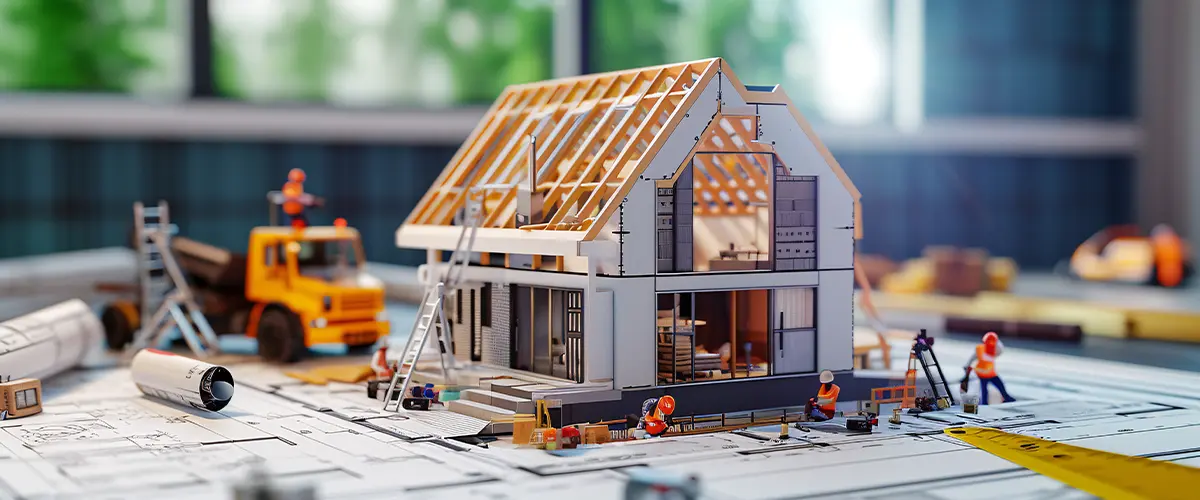
Why Building Codes Matter
Building codes were born out of the need for safety, first and foremost.
Without following these regulations, you could find yourself hosting a barbecue on your newly built deck, only for it to suddenly collapse and cause a nasty event that you could’ve prevented.
Maryland’s deck-building codes ensure that your deck can withstand everything, from heavy rain to anyone who thinks they’re a dance prodigy.
Unfortunately, many decks fail not because of extreme weather, but because of common construction errors that could’ve easily been avoided — like these ones.
You want a deck that will last longer than a celebrity marriage and that will stand strong as years pass by, given you are doing the necessary deck maintenance work.
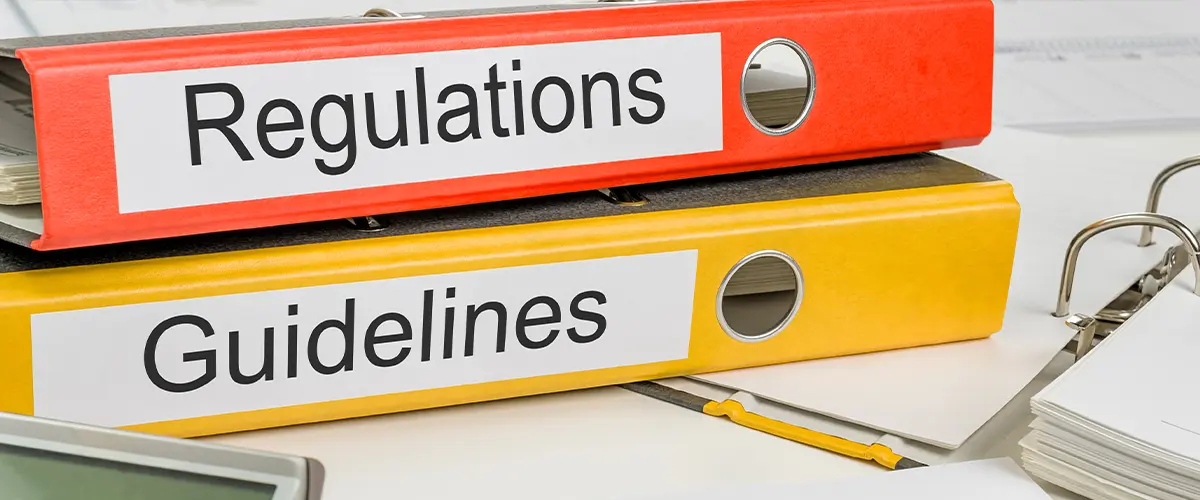
Noteworthy Deck Building Guidelines
Building codes throughout the USA are very similar, and the same apply for both Montgomery and Anne Arundel Counties. Check out the Montgomery County Residential Typical Deck Details PDF to get an idea of the specifics of deck building, most of which also apply to Maryland.
It is wise to consult a professional or the local authorities before starting your deck project.
Deck Design Standards
| Requirement/Specification | Guidelines |
|---|---|
| Minimum Deck Height | Decks elevated 30 inches or more above grade must have a minimum height of 36 inches. |
| Concentrated Load Capacity | The deck structure must withstand a concentrated load of 200 pounds. |
| Baluster Load Limit | Balusters must endure a concentrated load of 50 pounds over a 1-square-foot area. |
| Top Rail Load Capacity | The top rail must withstand a vertical and horizontal load of 50 pounds. |
| Maximum Gap Below Bottom Rail | There should be no more than a 4-inch gap between the deck surface and the underside of the bottom rail. |
| Baluster Spacing | Maintain a maximum gap of 4 inches between balusters. |
| Stair Rail Height | Stair rail height, measured from nosing to the top of the rail, should be a minimum of 34 inches. |
Noteworthy Deck Building Guidelines
Rot is the #1 enemy of wood, and the code takes it seriously. Maryland mandates a robust defense against decay, especially for boards exposed to the elements. In simple terms, if a wooden board sees daylight, it must be pressure-treated.
Wood in contact with the ground? It needs official approval. The goal is clear – preventing our decks from turning into safety hazards due to rot.
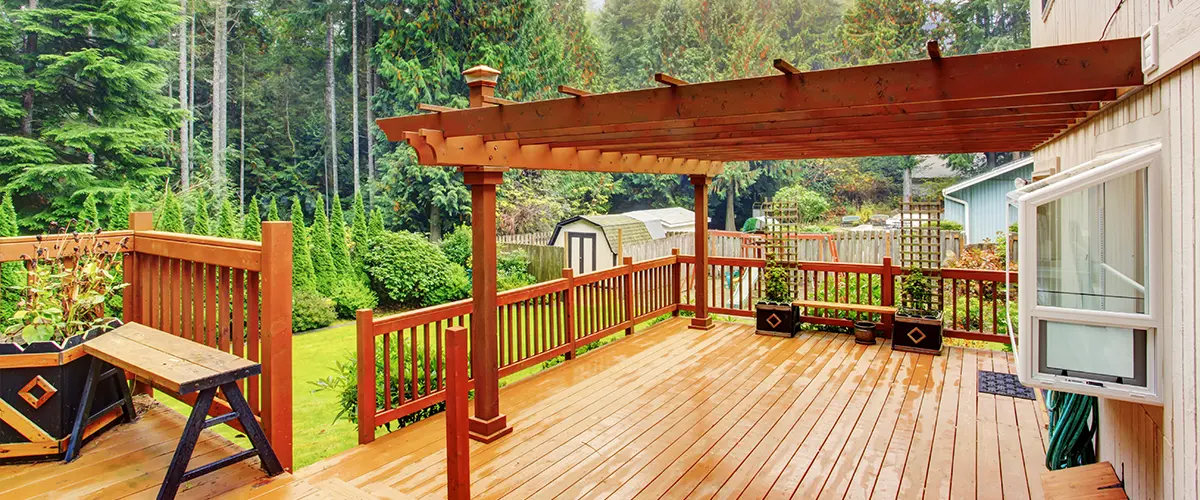
Fasteners
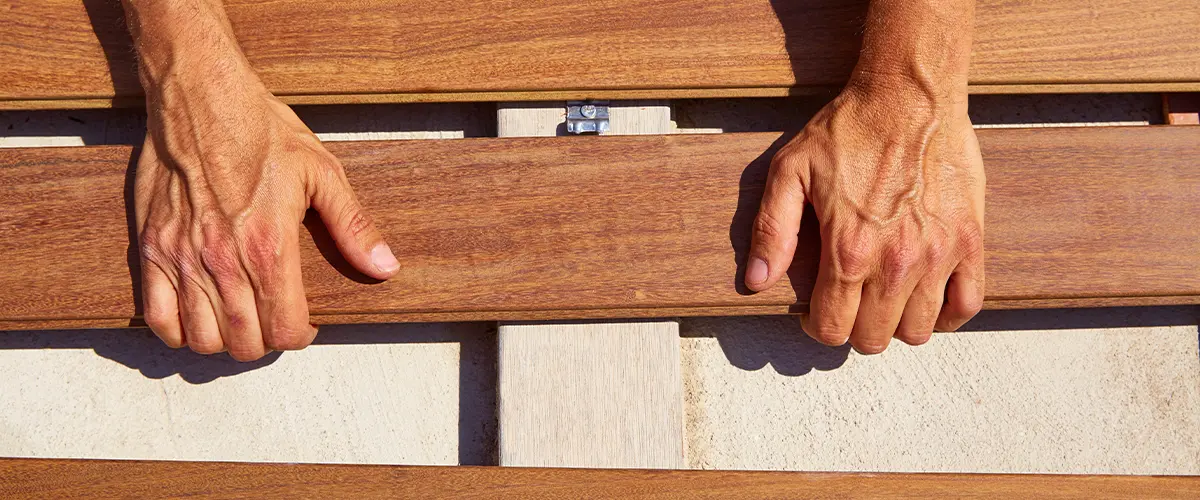
Stairway Codes:
Let’s talk stairs, and they come with their own rulebook. Maryland requires a spacious 36-inch width, with risers at least 7-¾ inches high and treads at least 10 inches deep.
Consistency is key – no rollercoaster vibes allowed. An open riser is acceptable, but there’s a limit: a 4-inch sphere can’t sneak through. If your stairway boasts four or more risers, a handrail becomes a mandatory companion. It might seem like a lot, which is why some folks turn to professionals for the stairway part.
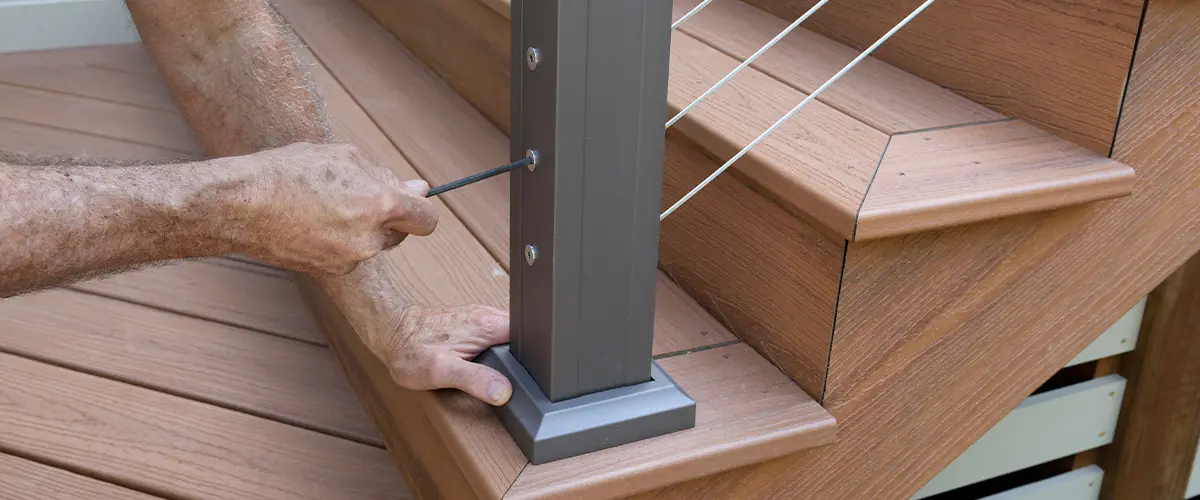
Handrails & Guardrails
Applying For A Building Permit
Securing a building permit is a crucial step, but it’s no walk in the park. It involves submitting your deck’s blueprints, original plans, and drawings to the city building department, accompanied by a formal application.
For those less familiar with the process, brace yourself for a bureaucratic journey. There’s a considerable amount of back-and-forth, and nobody likes that. Assuming your building plans align with the applicable building codes, your permit should smoothly sail through the approval process, allowing you to start construction.
It’s essential to note that inspections are mandatory at various project milestones, ensuring compliance with regulations for a seamless process.
Conclusion
While obtaining a permit may seem intricate, it’s a necessary protocol. If navigating through bureaucratic hoops isn’t your forte, consider seeking assistance from professionals.
By following Maryland’s building codes and adhering to these guidelines, you’re not just constructing a deck – you’re crafting a safe, sturdy, and aesthetically pleasing outdoor area.
Remember, each regulation and tip discussed here plays a crucial role in ensuring the longevity and safety of your deck. From the foundation to the finishing touches, every detail contributes to the overall resilience and compliance with Maryland’s standards.
If you want assistance regarding your deck and the necessary codes you need to follow, contact us at (443) 926-6996.
